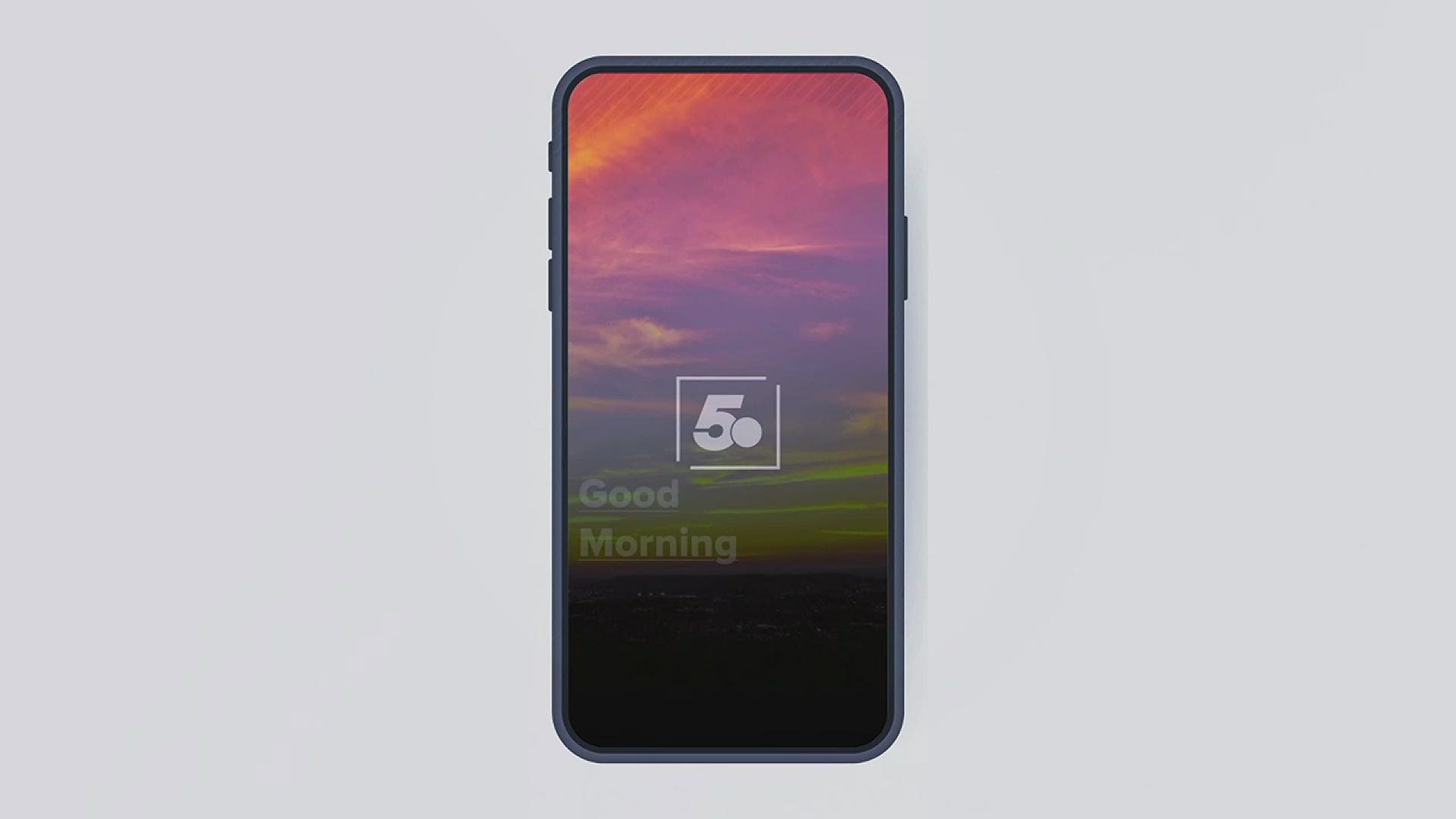FORT SMITH, Arkansas — More than 11.5 million Americans have tested positive for the virus – including an additional one million in just the past week – leading to nearly 250,000 deaths.
As a result, one hundred of the nation’s top health care systems, representing thousands of hospitals in communities across the U.S., have come together with an urgent plea for all Americans – mask up, because wearing a face mask is our best chance at slowing the surging COVID-19 pandemic.
In a Nov. 19 press release, Mercy stated, "If the nation stays on its current course, hospital leaders are increasingly concerned that more health care facilities will be overwhelmed as shortages of healthy caregivers make it difficult to handle a rapidly increasing number of patients."
Though there has been positive news about vaccine development, no one knows when those vaccines will be ready for widespread use.
"The country has reached a tipping point. The power to do what is right is now in the hands of everyone everywhere," Mercy stated.
Beginning today, a public service message will run in the New York Times, USA Today, Wall Street Journal, Washington Post and Los Angeles Times, and hospitals and health systems across the country will continue to unite to share these messages regionally.
The message reads:
“As the top nationally-ranked hospitals, we know it’s tough that we all need to do our part and keep wearing masks. But, here’s what we also know: Science has not changed. Masks slow the spread of COVID-19. So, please join us as we all embrace this simple ask: Wear. Care. Share with #MaskUp. Together, wearing is caring. And together, we are saving lives.”
In an effort to reach a broader audience, the public service effort will also include messages on digital platforms, social media, online information, links to vital health resources and more.
www.everymaskup.com is a collaboration of 100 leading health systems representing thousands of hospitals across the U.S. joining together to create messages for the betterment of communities they serve. The impetus for this, and other public service campaigns to follow, came from a group of health care marketing and communications executives meeting for a decade and reengaged weekly since the COVID-19 pandemic began.

